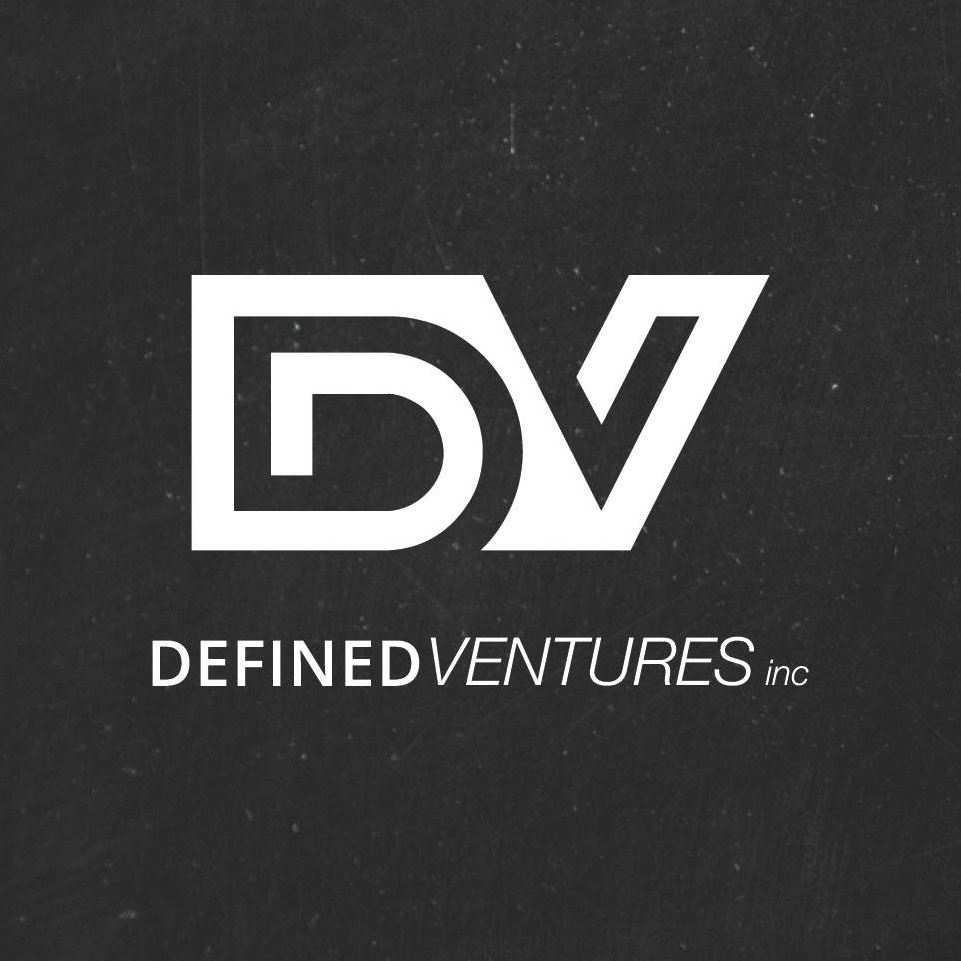Inventory management can be tricky. Say an order comes in through your online store. You receive the order, then go to look for the item and after searching for a half hour, find that it’s completely out of stock. You’re frustrated because your spreadsheet says you have two more, plus you have to reorder. This leads to an unhappy customer and nearly an hour of your day gone.
If you have a store, you’ve probably experienced a similar situation. The good news is that all of that time and headache can be prevented with an updated inventory management system. Staying on an outdated system can seem like you’re on a treadmill: spending your day keeping up with orders instead of furthering your business. Automations, like automated customer email and automatic stock reordering, can save you hundreds of employee hours a year. Just like anything else, your inventory management system is an investment; make sure to choose a system that is customized to your business.
Alex Fuller, of the blog Supply Chain Cowboy, states, “I started noticing how many temporary Band-Aid solutions we used after I realized I heard “just for now” multiples times each day. Sometimes, in the spirit of moving quickly, these stopgap methods work. However, slowing down and improving the process to solve the main problem is often worth the work and time.”
No More ‘Out of Stock’
Running out of inventory when you want to sell them? Instead of realizing you’re out of stock when another order comes in, get notified when your stock drops below a certain number. Integrate a software like Shopify and TradeGecko, to automatically send you or your employees a notification, or even reorder when stock drops. Shopify, which starts at $9 a month and tracks inventory for one location. Installing a Shopify App like TradeGecko, about $99 a month, allows users to do multi-warehouse inventory, detailed sales tracking, and more.
Custom Dashboards
Need a birds eye view of your inventory? By using Tableau, you can create amazing, interactive data hubs as opposed to a rigid dashboard. This allows you to view data real time and interact with it on a level higher than most systems. Plus, it comes with professional-looking reports that are customizable. Track when you need to order items before you run out and generate daily reports to stay ahead of the curve. Integrate a reporting software like Chart Mogul to observe stock on a monthly or seasonal basis. Chart Mogul, a more affordable alternative to Tableau, generates pre-built reports based on a set of conditions.
Task List Generation
How many hours do your employees spend making a to-do list every week? Stop the daily searches and monitoring and let your software take over instead. Software like Podio allows you to create an automation that sends alerts or assigns tasks to the appropriate employee when an action takes place. For example, when your employee clocks in, they can view a list of orders that need to be fulfilled right on their dashboard. Once they complete their task, a notification is sent to the next employee, and so on. Creating automations for administrative work saves minutes a day per automation, and over a month can add up to tens of hours saved. Make sure to take this into account when comparing software development companies. What you may pay in extra features and customization now will most likely save you money in the long run.
Multi-Warehouse Inventory
Do you store your inventory in multiple places or have a retail store? Utilize multi-warehouse inventory to seamlessly track all of your inventory without the need for manual updating or synchronizing. This is becoming increasingly popular with the rise of pop-up shops and van/truck shops. Be able to track when inventory moves from one location to another, so nothing slips through the cracks. This also allows you to track customers that may find you in a one location, like a pop-up shop, and then visit your main store location. This allows owners to ensure consistency in customer service experience across the board. Fishbowl is an inventory tracking software that combines multi-warehouse inventory with your current system.
Barcoding your items will allow you to track location easily and without manual entry. This is an added expense of time in set-up, but will ensure that your data is accurate and all of your exact items are accounted for. This also makes audits and annual inventory easier and more detailed.
Shipping Integrations
This is another example of an integration and an automation that ends up saving a lot of hours over time. Integrate a shipping company, like UPS or FedEx, and print shipping labels directly from your inventory management software. This allows a more seamless integration to attach shipping labels, cost, and tracking numbers with customers. Integrate with a mailing software to send customers automated emails that contain their tracking number and shipping information; all it takes is a click of a button.
Unconventional Inventory?
Don’t track specific sales or when you use a part? There is a software out there for you. Some, like Fishbowl, work based on scales of where your parts are stored, so tracking is automatic. Others work based on a visual inventory, where you order more when it goes below a set amount.
Customize & Budget
Before researching inventory management solutions, start by creating a list of what your company is lacking. By creating a list of lacks rather than a list of needs, you can keep an open mind to outside-the-box solutions. Because software changes and updates rapidly, a newer, more efficient solution for your problem may be available. A software engineer or developer can recommend the appropriate solutions to your problems; chances are, they’ve seen similar issues before.
Also set an optimal budget for your inventory management solution. Rather than only taking current funds into consideration, be sure to calculate how many employee hours are saved over the course of a year by features and automations. While some features may be costly now, they will save employee hours in the future.
President and founder of DVI, Aaron Boerger realized early in life that he had a unique combination of x-ray vision and business acumen for seeing the weaknesses that held businesses back – and the ability to define the right tools, technology and strategy to make them stronger.
From founding a successful technology support business in his early teens, to serving as Chief Operating Officer for several companies in the financial, technology and marketing industries, Aaron has developed a reputation for reinventing technology implementation tactics – and the willingness to tell people not what they want to hear, but what they need to hear, in order to achieve success without overwhelm.
Aaron will always go the extra mile to provide the accountability and support his clients need to achieve their goals, yet isn’t afraid to tell them when they are doing something wrong.

